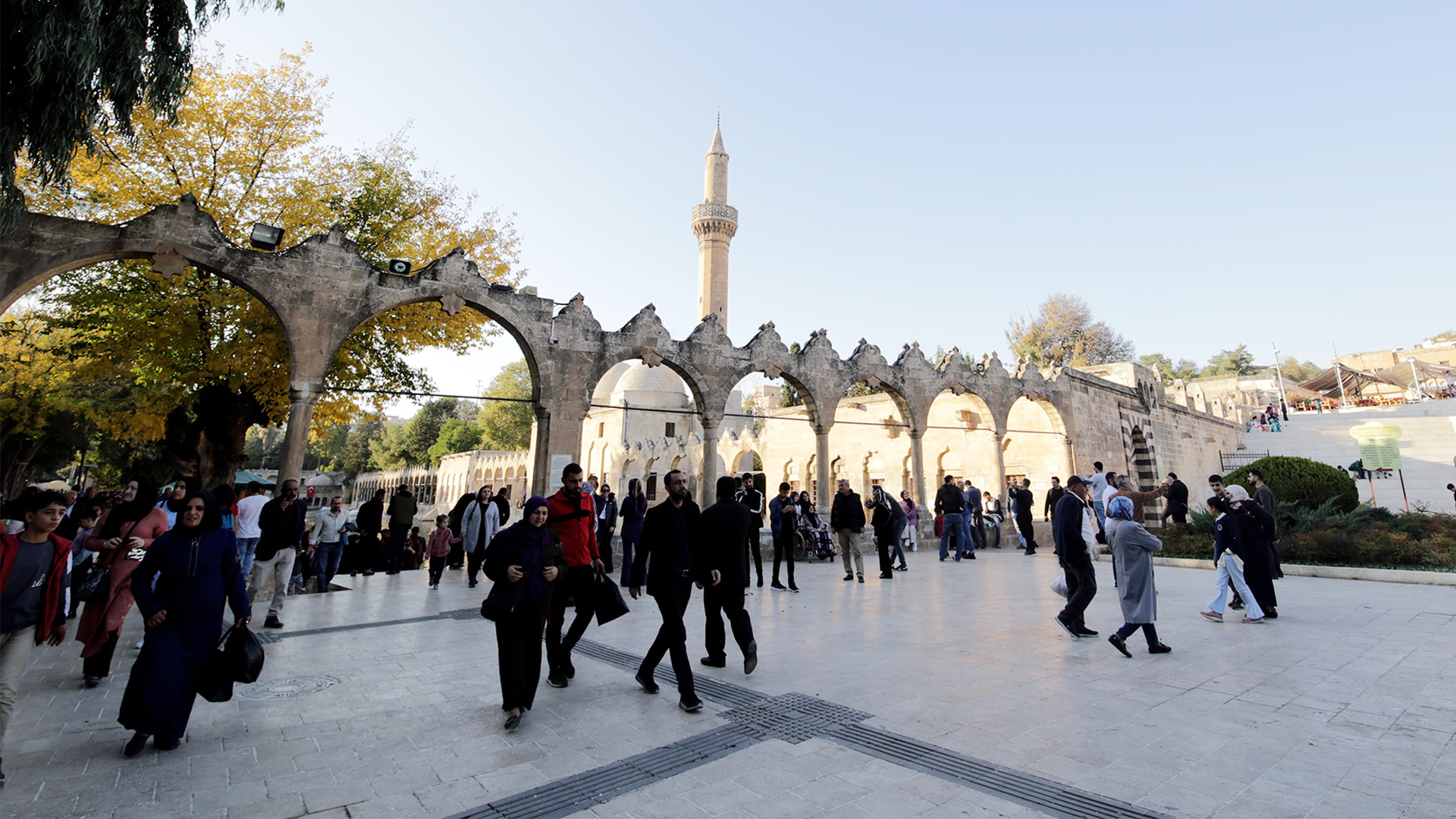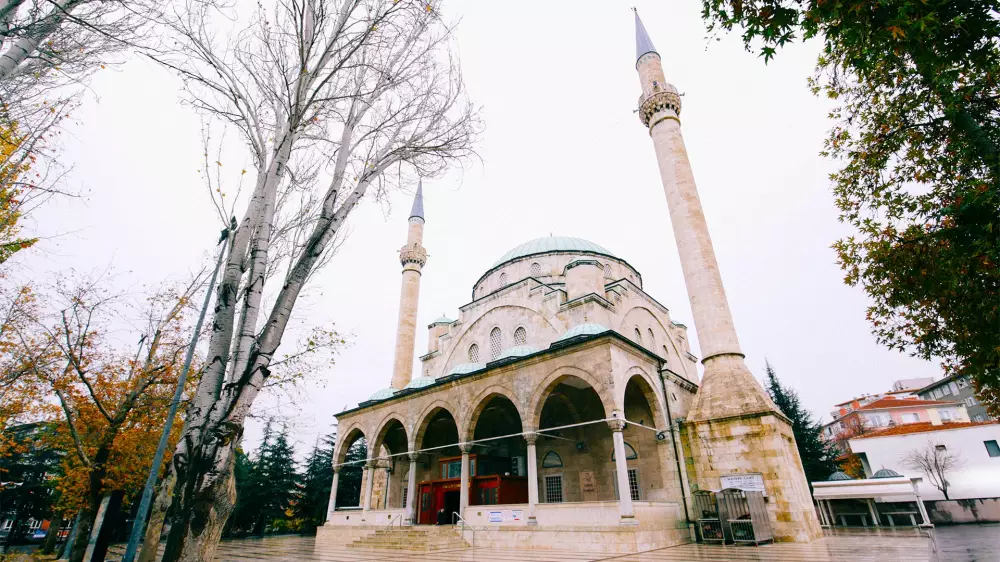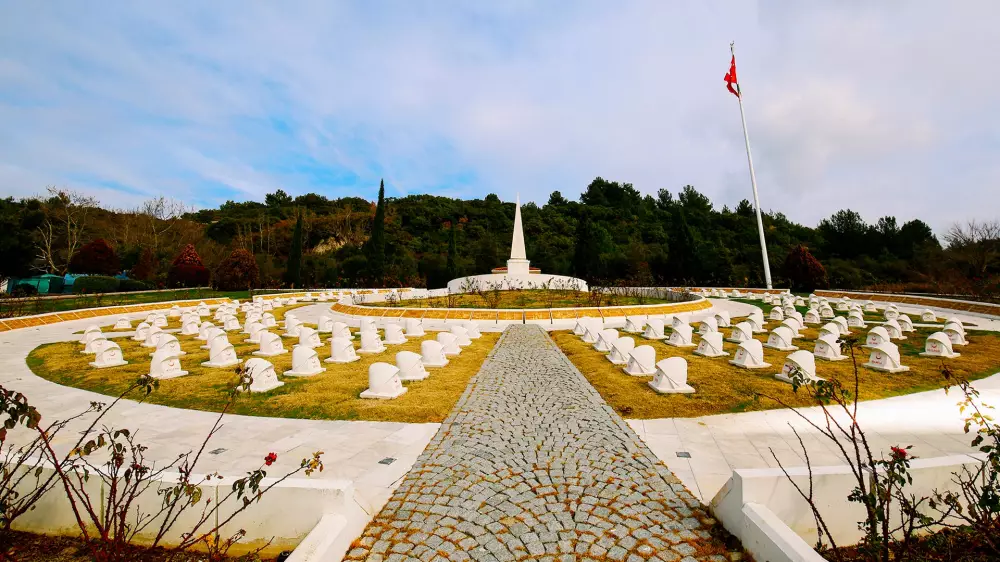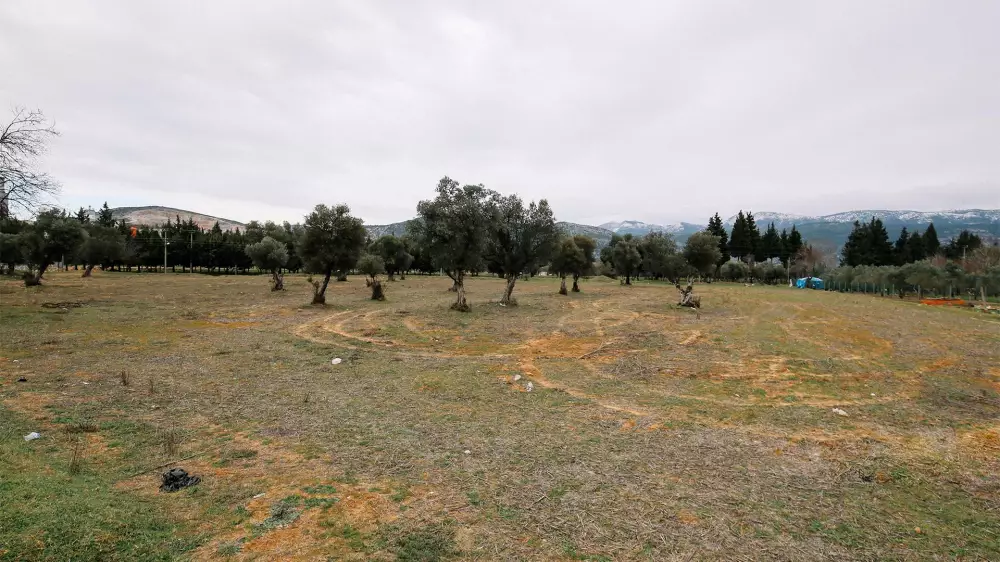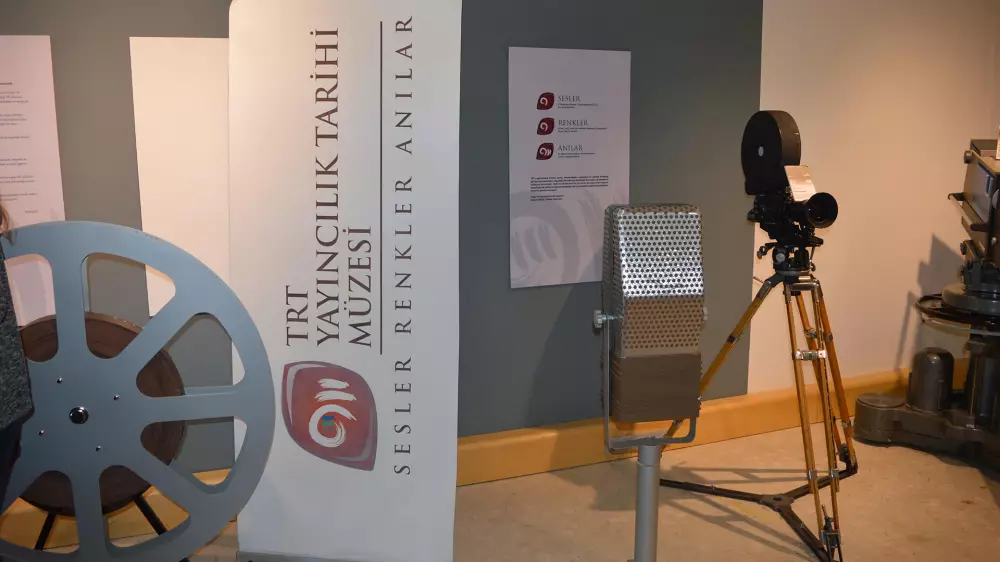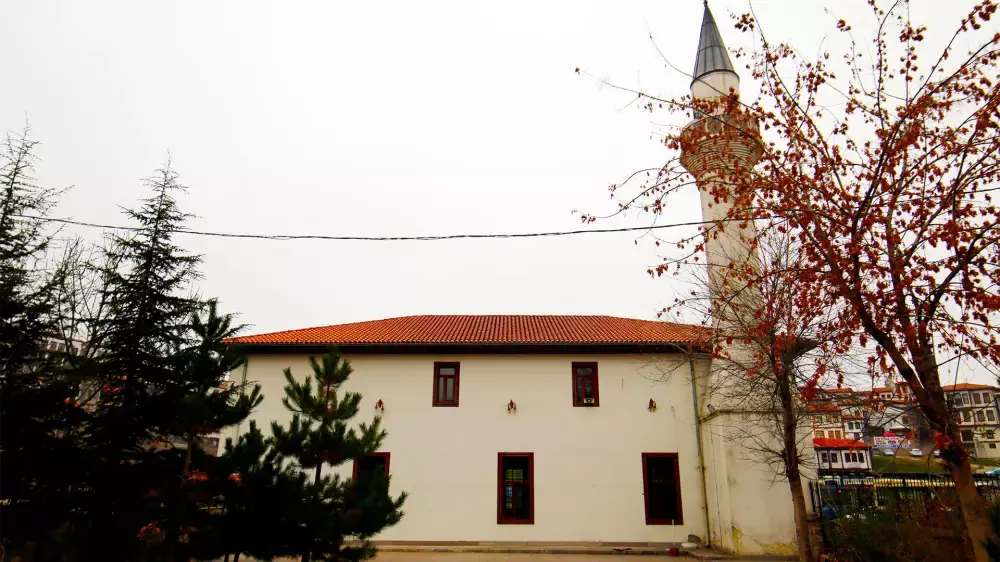
00:00
00:00
Ankara Tabakhane Mosque
24.09.2024 13:09
Although Ankara is generally at the forefront of some works made after the Republican period, the historical heritage of this particular city dates back to much older periods. Tannery Mosque, which is part of this history, is located on the Bentderesi quarter.
Tannery Mosque has a wooden and stone pedestal structure in general, although the roof part consists of tiles. The minaret of the Tannery Mosque, which has a rectangular plan, is located in the eastern part and is cylindrical in shape. It is emphasized that this minaret was later renovated. The minaret is also single-minded and wooden. It is understood from written sources that the original minaret had a square pedestal. In the northern part of the harem, women gathering place carried by means of wooden supports stand out. According to the inscription in the mosque, Şükrü Effendi, one of Necmeddin's descendants, undertook the repair of this place in 1900. Although Tannery Mosque has a repair inscription, there is no construction inscription. Nevertheless, it is estimated that the mosque was built in the 18th century by looking at the architectural details.
The Tannery Mosque loses its original texture over time. Despite this, this place, which bears witness to history, is still described as an exciting place of worship for local visitors. In 1979, a very radical decision was made regarding the Tannery Mosque. Accordingly, the mosque is largely demolished and rebuilt. The repair inscription is located on the wall of the eastern section of the last parish place. For some information, registration receipts are shown as references. The final parish area has two floors in total. The structure built in place of the old mosque is covered with a dome. The Tannery Mosque is sometimes referred as the Tabaklar Mosque among the locals. A mosque with the same name is also located in Albanian, and therefore the two mosques are often confused.
Gallery

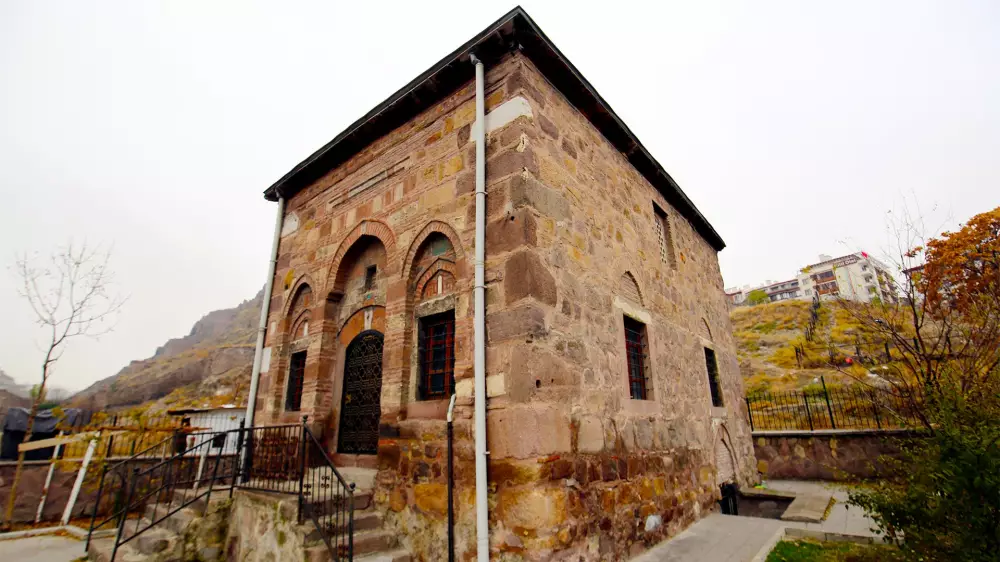
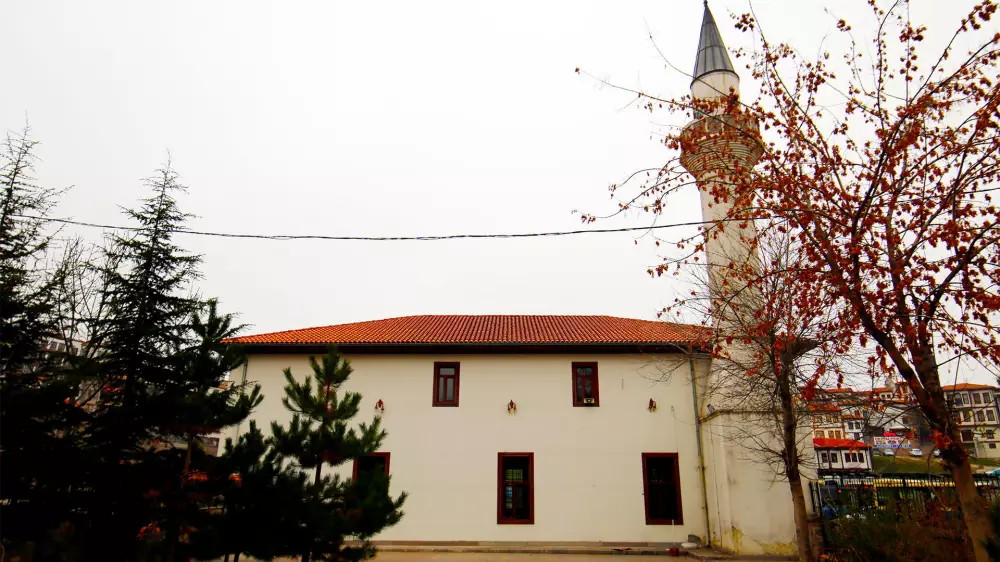
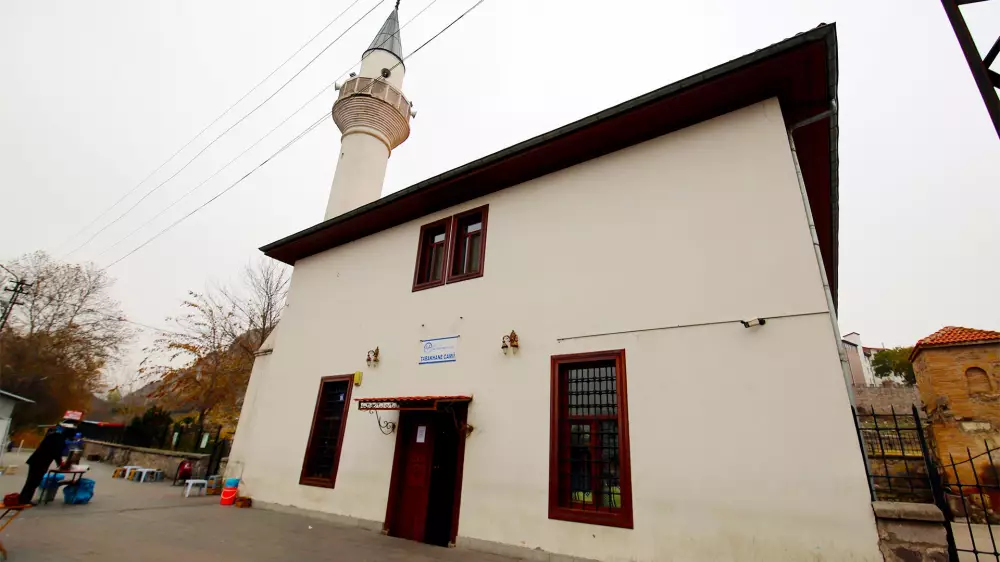
Location
Leave a Comment
